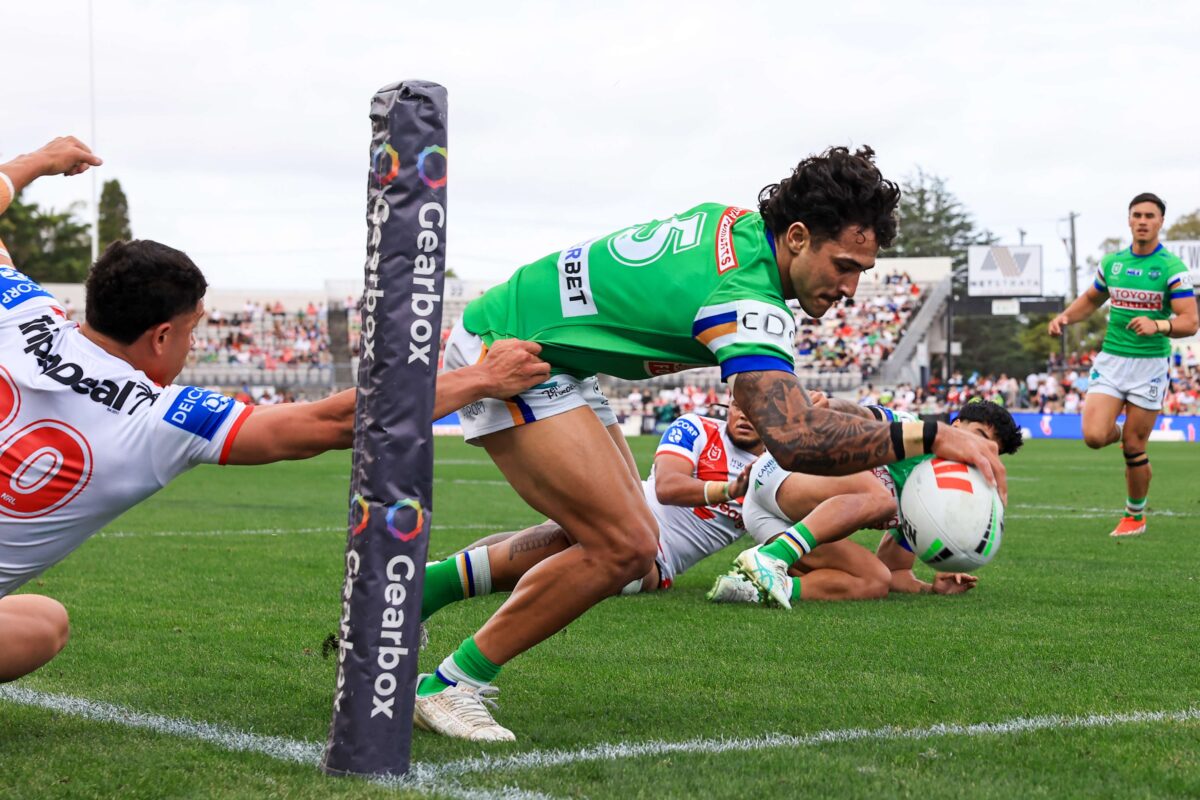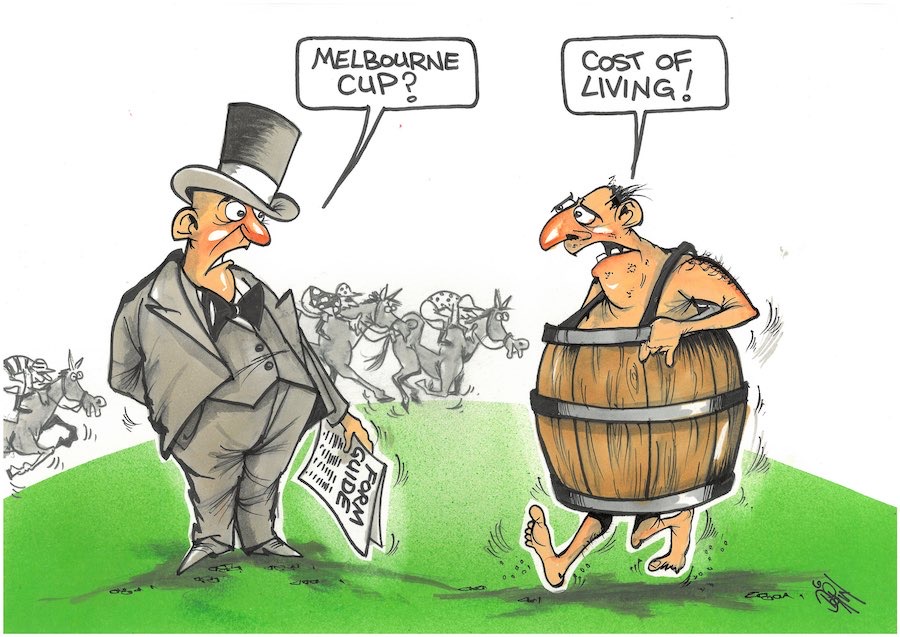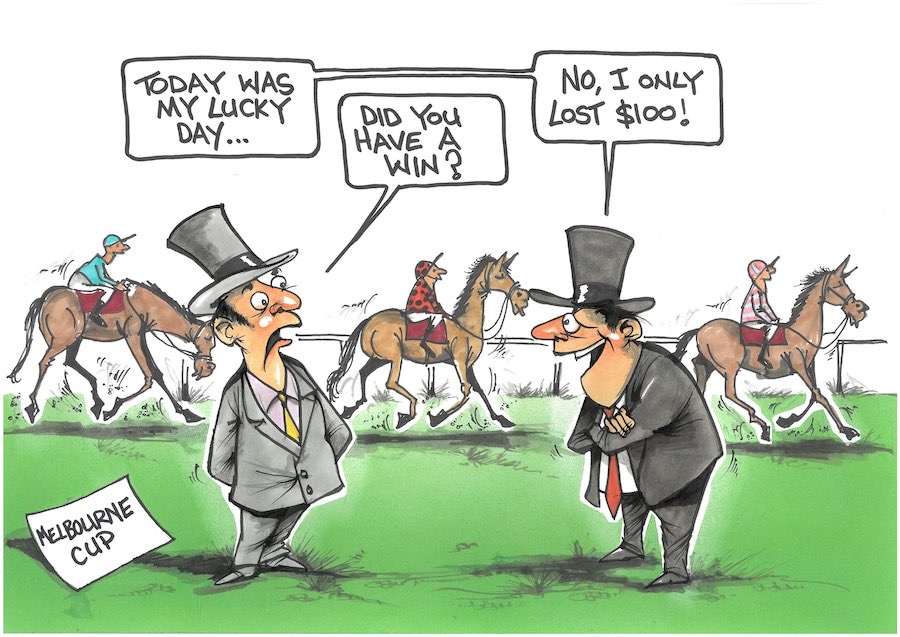WOMEN’S sport in Australia is showing early signs of recognising the players and the work they put in, but I have concerns some sports are being left behind.

The improved pay and conditions for women’s cricketers, women’s AFL players and netballers has heightened optimism that things are on the improve in terms of recognition, but you need to look no further than women’s soccer and basketball to realise that there is still a long way to go.
For instance, Australia’s top women’s cricketers can earn over $100,000 a season if you take into account retainers, Big Bash, match payments and tour fees. The best domestic players can earn around $26,000 while all women’s national league players earn at least $7000.
These payments pale when compared with Cricket Australia’s payments to the top male players, where its 20 contracted players attract payments ranging from $270,000 to $2 million a season.
The AFL is paying most players across the women’s league $5000 for a two-month season, 16 marquee players will earn $25,000. But most players will have to pay their own private health insurance.
Netball is paying 80 players an average salary of $40,000 to $67,000 with a minimum payment of $27,375. The conditions negotiated are impressive; childcare, private health insurance and income protection.
Then you have a look at women’s basketball and women’s soccer for a reality check.
The WNBL doesn’t have any form of television coverage; hence it is a hard sell to sponsors. Women’s soccer, apart from two teams, one being Canberra United, are controlled by the men’s A League clubs.
Going on past numbers and information freely available, the Canberra University Capitals and Canberra United are two of the leanest operations, not just in Canberra, but when considered in relation to Australian sport more broadly.
Sources in the league suggest the Capitals are operating on a budget of around $250,000, which is almost half the budget of Perth. There is a belief that Canberra is operating on the second lowest budget in the WNBL with an average payment to players of around $7000 to $8000; marquee players, of course, earn more. Although it’s hard to get confirmation on the exact figures, what is clear is the outstanding job all the players and coach Paul Gorris are doing on a shoestring budget.
Football Federation Australia has introduced a minimum of $60 a week for rookies in the W League. That’s right, $60 a week!
There is a salary cap of $150,000, but most clubs can’t afford to pay that much. To run a team in the three-month W League season, the estimated cost is around $350,000, which makes the ACT government’s contribution of $90,000 through the National League’s program vital.
It’s also my understanding that most players have to pay their own private health insurance with Canberra United picking up any gap payments.
In my mind, there is still light years between most male and female sports in terms of conditions and pay. The hope is the breakthrough made by sports such as cricket and netball will effectively drag sports such as women’s soccer and basketball through the glass ceiling.
Who can be trusted?
In a world of spin and confusion, there’s never been a more important time to support independent journalism in Canberra.
If you trust our work online and want to enforce the power of independent voices, I invite you to make a small contribution.
Every dollar of support is invested back into our journalism to help keep citynews.com.au strong and free.
Thank you,
Ian Meikle, editor








Leave a Reply